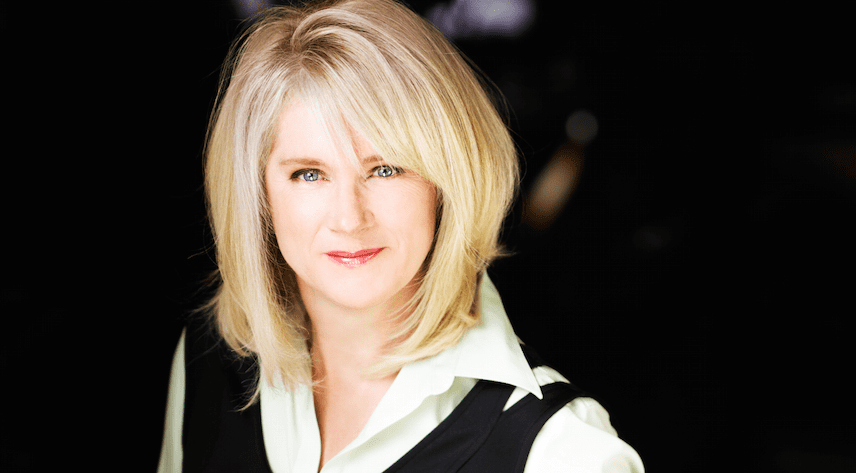We are very lucky as kids producers here in Canada as we have some independent subsidies that are given directly to the producer. This allows us to bring 30%-40% to the table when we are putting together our deals. The tax credits available to us in Ontario administered by the OMDC (Ontario Media Development Corporation) are extremely helpful, and help provide a real investment stream that we can demonstrate goes beyond deferrals.
It is very challenging in today’s climate, as broadcasters cover a smaller percentage of the budget than ever before. However they still have a desire to participate in the revenue of the projects they are ordering and control other digital streams. Equity partners have the same agenda and also now ask for you to demonstrate upfront distribution success in all streams, not just projected revenue from traditional television. A bit of a pickle to try to balance a project and to make it all worthwhile for everyone.
One way to balance this equation is to be able to produce high-end content for a lower price. This may seem impossible; however the digital tools that are available to us currently are truly amazing. Both on the animation and the live action side, newly-introduced products and higher tech production gear constitute a veritable magic wand for producers.
Some examples include the incredible resolution of new digital video cameras, user-friendly off the shelf compositing and animation tools, as well as big discounts on digital storage hardware. At Brain Power Studio, we use these tools everyday to streamline our animation and live action pipelines. They can also help to innovate new looks and help programmes stand out in a crowded marketplace. Last week we invented a motion capture cardboard skeleton that has a swordfight with a pirate who is one of our series regulars on Gastroblast.
By utilising the power of new technology and reducing the price of content you can help to leverage your ability to retain rights and control the amount of revenue that ultimately comes back to the producer. If the budget is less then it takes less partners to come together to make a project whole. Managing and negotiating with less partners is a way to make sure that everyone, including the producer, see more overall.
In the kids sector, international co-production has been an ongoing vehicle to be able to put projects together. Animation is very conducive to the work split of multiple territories. Also, uniting with an international partner helps to negotiate better against distributors and broadcasters. Leveraging another territory’s strength is also helpful increase the amount of non-recoupable subsidies that in turn firms up your negotiating position, as you are asking for less.
So overall, less is more, makes more than less!
Brain Power Studio‘s Beth Stevenson is one of our pre-MIPJunior/MIPCOM 2014 kids entertainment ambassadors. You can follow her on Twitter here.
These posts are coordinated by Debbie Macdonald, a children’s media consultant. She was formerly VP, programming director at Nickelodeon UK. Follow her on Twitter here.
Top photo via Dikiiy / Shutterstock.com




